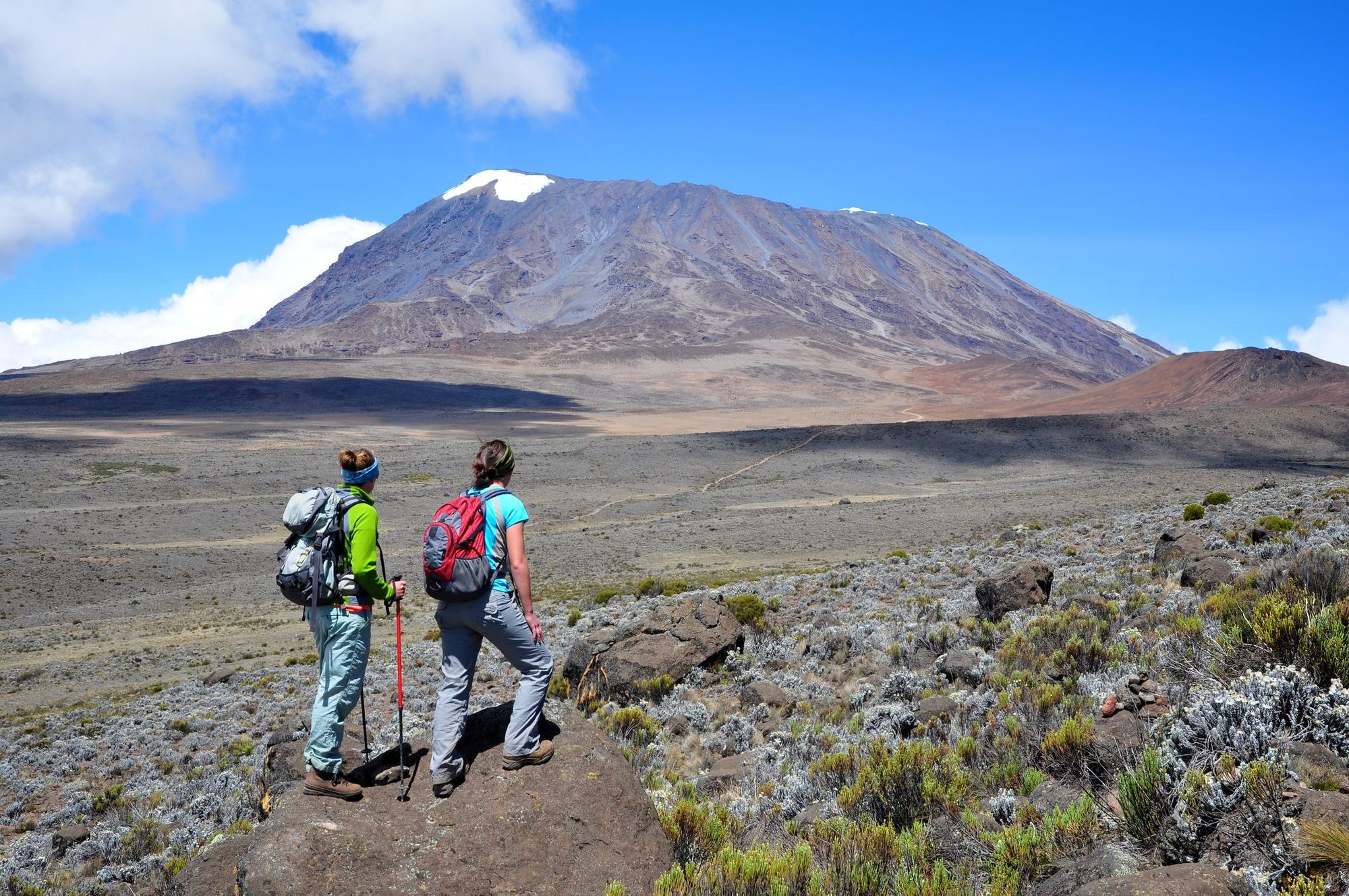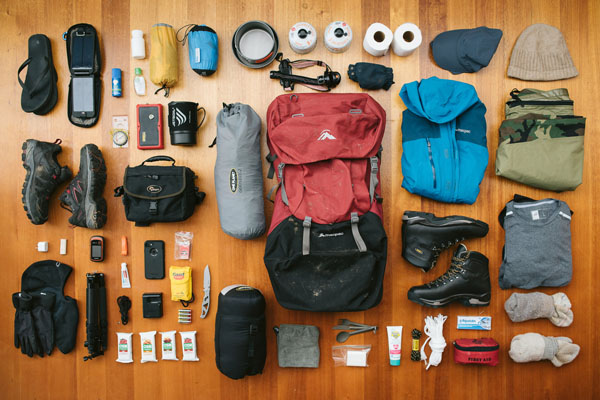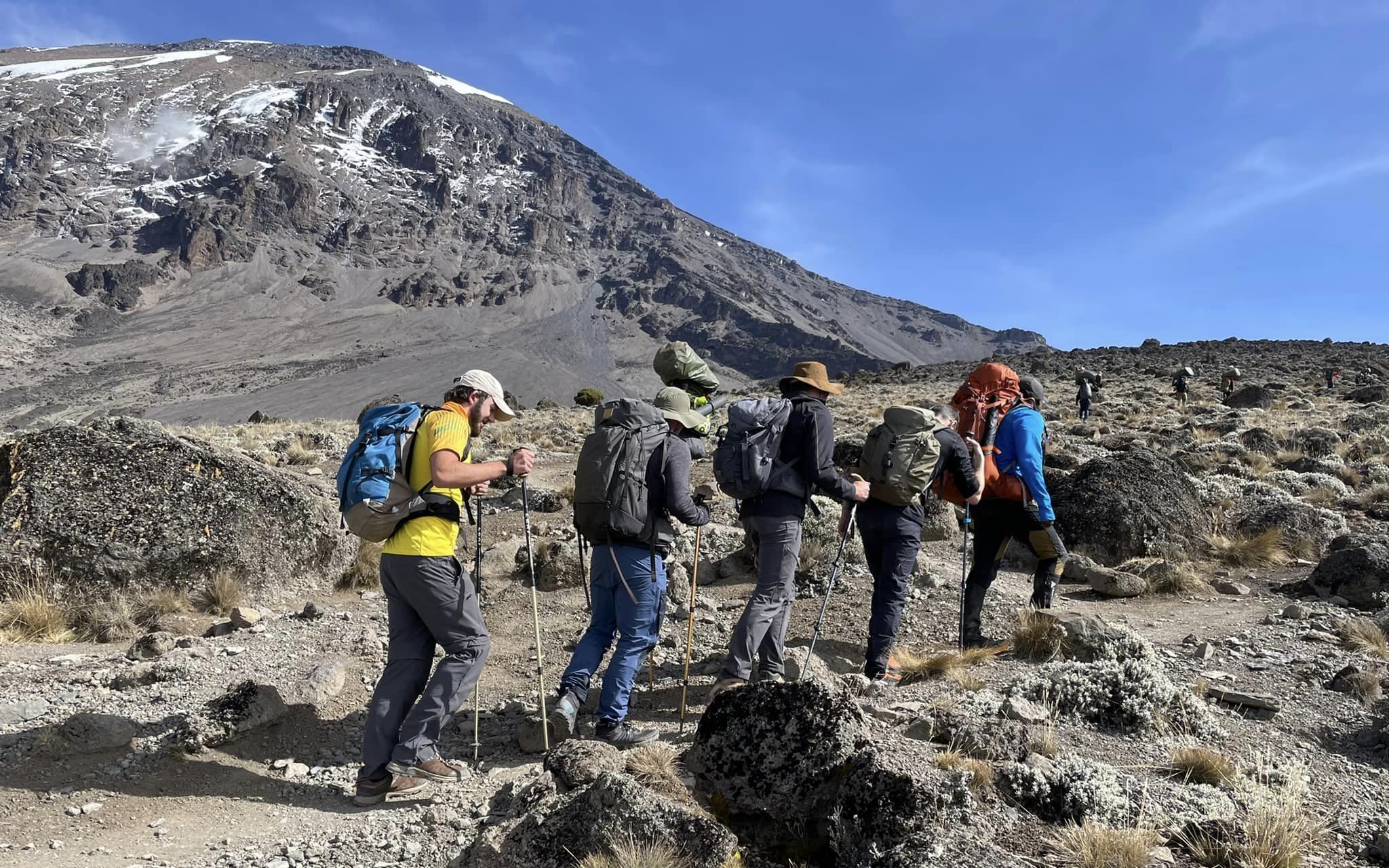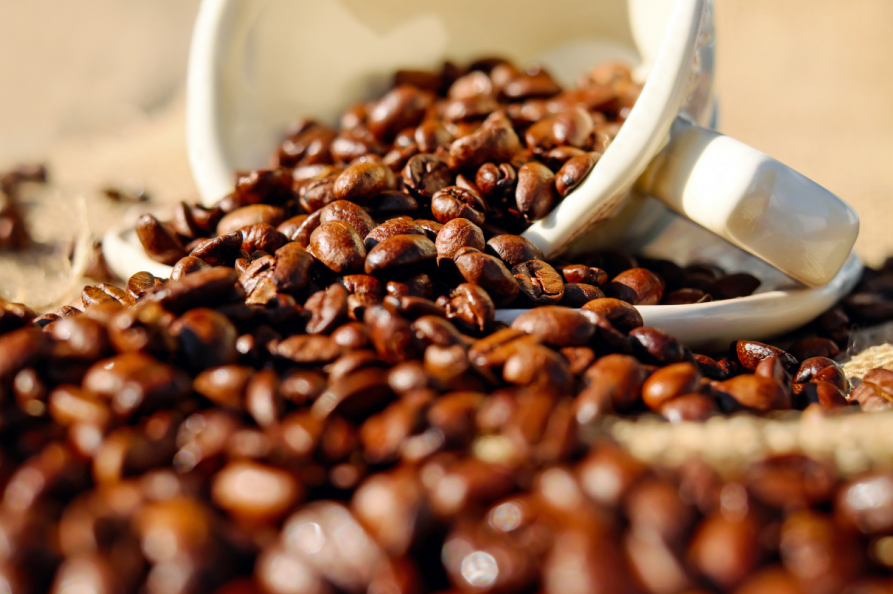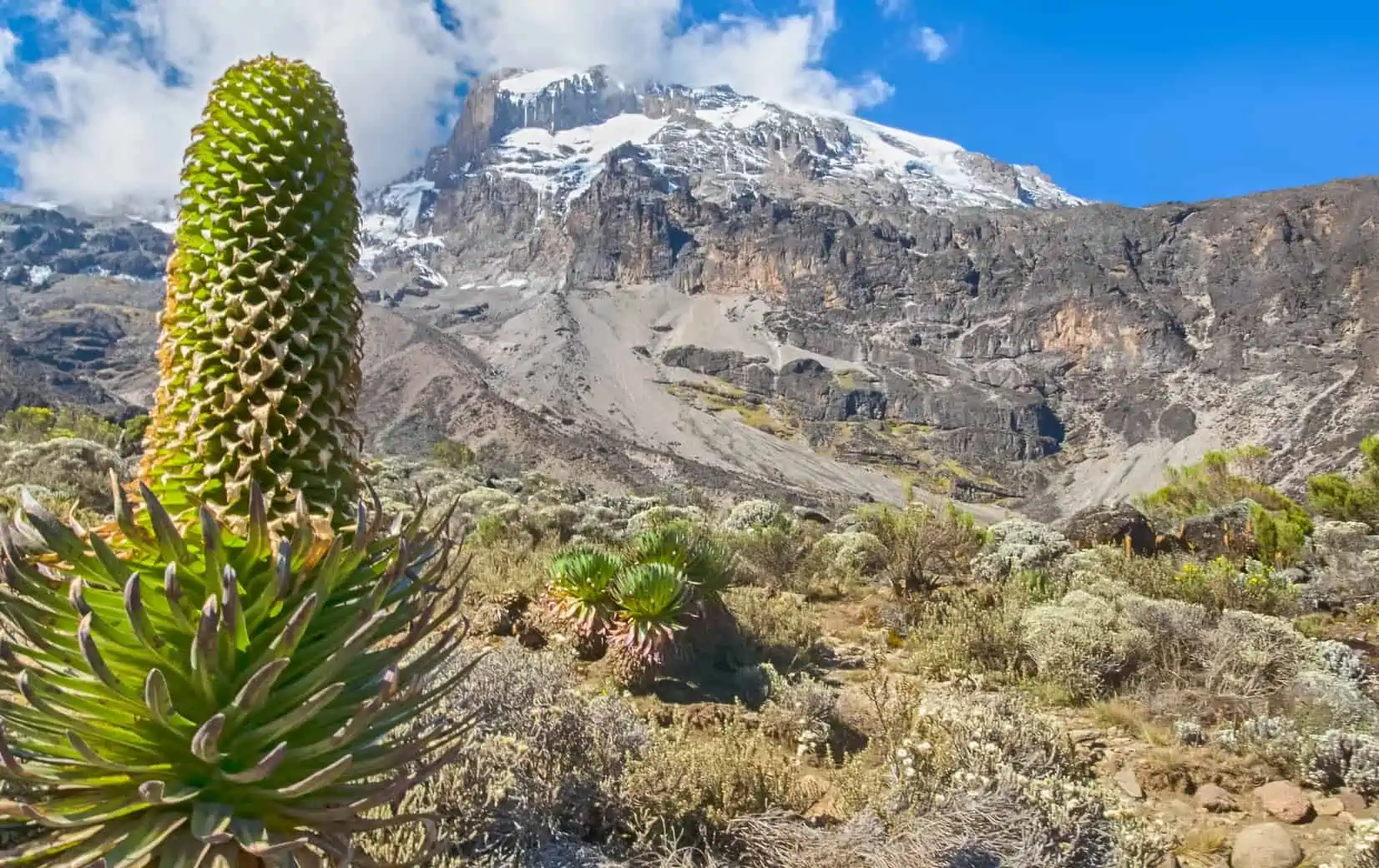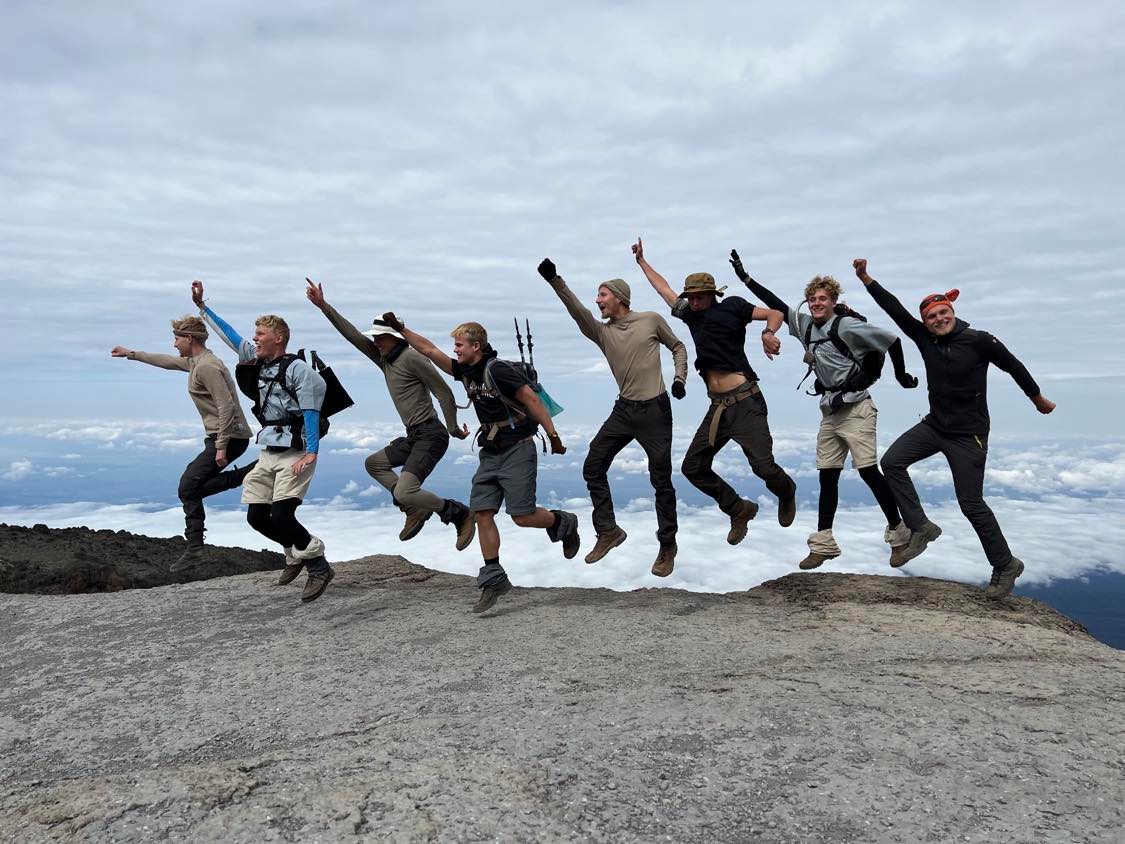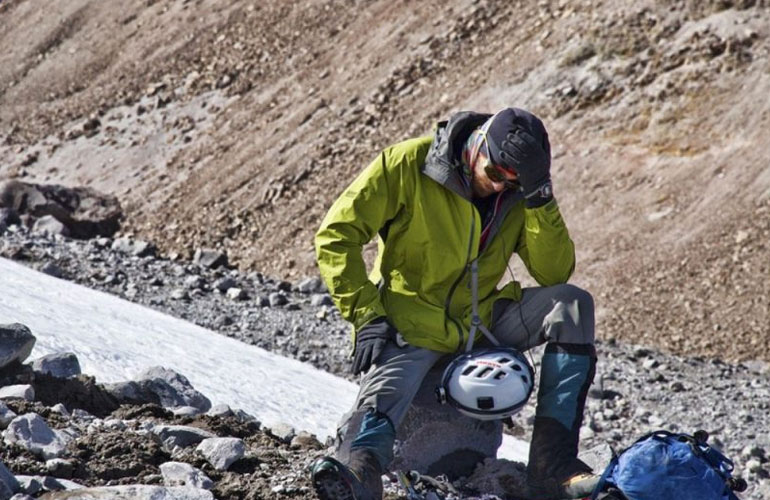
Mount Kilimanjaro can be very dangerous when it comes to altitude sickness therefore we take this matter very seriously, we regularly train our team of guides and porters to ensure safety comes first after everything, to do this we also include full equipped first aid kit in all our climbs, oxygen cylinder with oxymetre and also we use Lake Louise Scale to monitor climbers health twice a day.
Acute Mountain Sickness (AMS)
Kilimanjaro’s peak is nearly 6000 meters above sea level. At this the amount of oxygen in the air is less than half that at sea level, so be prepared to experience mild symptoms of Acute mountain sickness.? AMS can be serious, especially as it can be debilitating, and generally occurs far from places where medical treatment can be easily administered.
Anyone no matter the level of fitness can be vulnerable at high altitudes and it is very difficult to predict who is going to be effected or not.
Acute mountain sickness (AMS) is the effect on the body of being in a high altitude environment. AMS is common at high altitudes, above 8,000 feet (2,440 meters). Three-quarters of people have mild symptoms of AMS above 10,000 feet (3,048 meters). The occurrence of AMS depends on the altitude, the rate of ascent, and individual susceptibility.
AVOIDING AMS
1. CLIMB HIGH SLEEP LOW . It is best to gradually climb higher each day, then descent lower to sleep. This lets you gradually become accustomed to lower pressures, and then recover somewhat overnight.
2. ASCEND SLOWLY –(“Pole Pole”). You need to keep your respiration rate low enough to maintain a normal conversation. If you are panting or breathing hard, you must slow down. Overworking your heart and lungs substantially increases your chance of becoming ill.
3.DRINK DRINK AND DRINK SOME MORE WATER. Proper hydration helps acclimatization dramatically. You need to drink at least three to four liters of pure water during the hike time and once you arrive at the camp continue drinking those hot drinks(milo, milk, coffee, black/ginger/green tea and soups as provided in the dinning table. dehydration has same symptoms as altitude sickness, to make a difference you need to stay hydrated so the guides wont send you down under the pressure of altitude sickness
4. CONSIDER TAKING DIAMOX. This It is a prescription drug and the general consensus of the research is that Diamox is helpful in avoiding AMS HOWEVER we strongly recommend you please consult your doctor concerning the use of Diamox.
HOW ALTITUDE SICKNESS WILL AFFECT YOUR BODY?
There are major 3 impact of altitude sickness and these are;
1. Low oxygen saturation
At high altitudes and low pressures, each breath takes in less oxygen, and transfers less to the blood. Blood with low levels of oxygen is said to be poorly saturated. Having slightly low oxygen saturation can lead to fatigue and feeling breathless. Severe low oxygen saturation can cause impaired mental functions, reduce your decision making ability, and have other dangerous effects. Our guides carry pulse oximeters to check your oxygen saturation daily.
2. Cerebral edema
Severely reduced air pressure can cause fluid to collect in the sinuses and air cavities in the skull. Initially it presents as a mild headache, but can eventually cause disorientation, coma and even death. Cerebral edema can present very suddenly, and is an extremely serious medical issue.
3. Pulmonary edema
This is caused by reduced air pressure in the lungs. Fluid sometimes begins to seep from the lung tissues into the air spaces of the lungs, making breathing even more difficult. This often presents like pneumonia, and is most likely to occur during sleep.
HOW TO RECOGNIZE AMS
AMS does not present as a slow, gradual worsening of lesser altitude-related symptoms like breathlessness or headache. It is in fact generally a rapid, dramatic onset of symptoms that can render a person unable to walk or take care of themselves at all.
Our guides are trained to recognise AMS and apply the appropriate first aid. They will monitor your blood oxygen saturation and evaluate your overall acclimatisation. It is vital that you monitor and report your condition accurately.
OUR PROTOCOL IN DEALING WITH AMS
If our guides believe you may be in poor health or that allowing you to continue the climb may be dangerous, they will require you to begin your descent immediately. If that decision is made, it will be according to this protocol:
1) Measuring your oxygen saturation
If it is below 80%, then you will be required to submit to another test every half hour, for the next two hours. If your saturation does not rise to at least 75%, you will be required to descend immediately. If your saturation is at least 75%, you will be allowed to continue subject to close monitoring. If your condition worsens you must notify your guide immediately, and begin the descent.
2) Evaluation on the Lake Louise Scale
If your score is between 6 and 8 then the guide will consider whether you can continue based on your score, oxygen saturation levels, pulse rate and overall well-being. If you are allowed to continue, you will be monitored closely for the duration of the ascent. If your condition worsens you must notify your guide immediately, and begin the descent. If your Lake Louise Score is higher than 8, you must descend immediately.
Let us plan your dream Tanzania Safari
Enquire now and a Travel expert will get back to you within 24 hours.
 CHAT ON WHATSAPP
CHAT ON WHATSAPP
